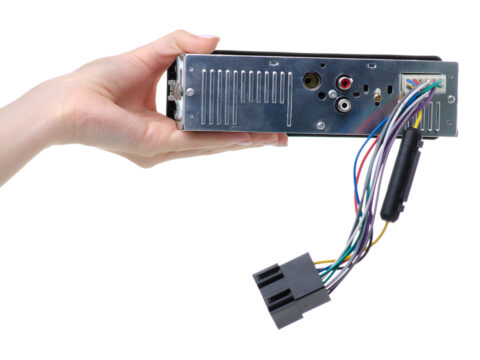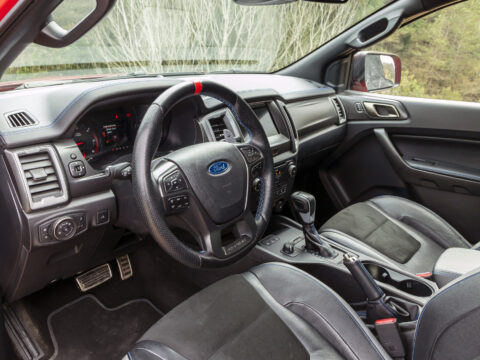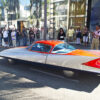The dashboard of every car has enough warning lights to resemble a Christmas tree. The ESP BAS light is not something to ignore, and you shouldn’t just hope that it’s a malfunction. It needs to be taken seriously, as it could be the difference between life and death. Here’s an easy-to-understand breakdown of why and the fix.
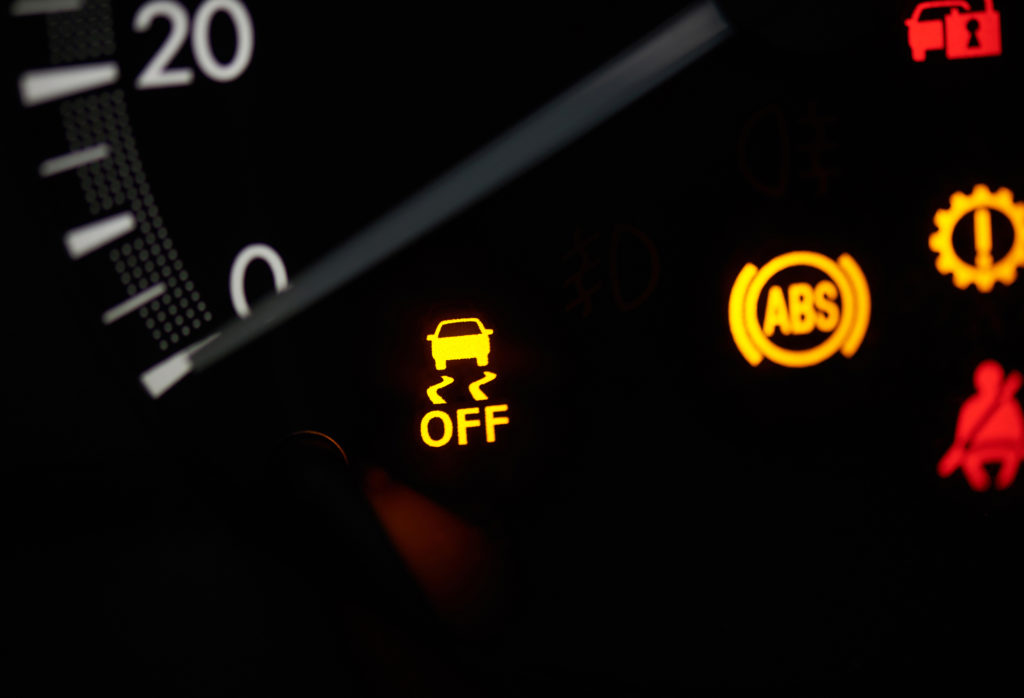
Contents
What does the ESP BAS light mean?
When the ESP BAS light is activated, there is a problem with your car that could affect your car’s steering wheel or the ability to brake.
The ESP BAS system is another name for your car’s Electronic Stability Program or brake assist program. It’s one of the warning lights on your vehicle that directly relates to whether your car is safe to drive or not and is the function indicator for the ESP BAS system.
The ESP warning light
The ESP warning light looks different from car to car. One of the typical symbols for the ESP warning light is a car with squiggly lines behind it and illuminated in red. However, some models of vehicles simply have the letters ESP light up in red.
It can commonly be found near the top of the speedometer. However, some cars have a specific area where all warning lights are displayed, and in that case, it would usually be located there.
What causes the ESP BAS light to come on?
Several common causes will trigger the ESP BAS light to come on. You should not continue to drive your car if it has any of the known common causes that trigger the ESP warning light to become engaged. It is imperative to take your vehicle to a mechanic to isolate the actual reason for the warning light.
Faulty wheel speed sensor
For the speedometer on your car’s dashboard to register an accurate speed, each of the four wheels on the vehicle is equipped with wheel speed sensors. Each speed sensor can sense the actual speed of the wheel and is attached to the type of terrain the wheel is driving on. That is the essential concept of the stability control system.
If your car does have a bad wheel speed sensor, it will be noticed by the ESP and BAS systems, which will result in the ESP BAS warning light being triggered.
While any mechanic can quickly fix this issue, it is easy to qualify as a viable DIY project for someone with enough car savvy. The wheel speed sensors are located just behind the brake discs on the wheel and are easy to reach and identify and remove and replace.
Steering angle sensor issues
Modern cars are more computer technology than sound old-fashioned automotive engineering. So, it probably isn’t that big of a surprise to tell you that moving the front wheels left or right involves a lot more than simply turning the steering wheel.
Virtually every system on a car has at least one sensor of some type. And these sensors tend to be, more often than not, the actual cause of the problem. And that is certainly the case with the steering angle sensor.
The steering angle sensor is the electronic part that ensures both front wheels turn together in the right direction and are in perfect harmony with the steering wheel. The sensor is housed inside the steering rack, making it susceptible to bouncing around.
Often, the sensor can simply lose contact due to hitting a bump, which will trigger the ESP BAS light to be engaged.
To fix the steering angle sensor, you need an ohmmeter to check all the connections and some aspirin, as this is one of the leading causes of headaches for mechanics. You need to check every connection, and if all the readings are good, then the good news is you have a problem somewhere else. If any of the readings are wrong, you have a bad sensor.
However, it is possible to try and reset the steering wheel sensor, which we will discuss at the end of this article. Another option is to reset it using an OBDii scanner, the same you would use for the check engine light. Most Autozone stores will do it for free.
But, if you identify that this sensor is the problem, the good news is that it is not that difficult to replace and can be another DIY project as it only requires a wrench.
First, disconnect the battery. Then you need to remove the airbag from the steering wheel, followed by the steering wheel itself. Once removed, then remove the clock spring. The sensor is attached to the rear of the clock spring. Change and replace everything in reverse.
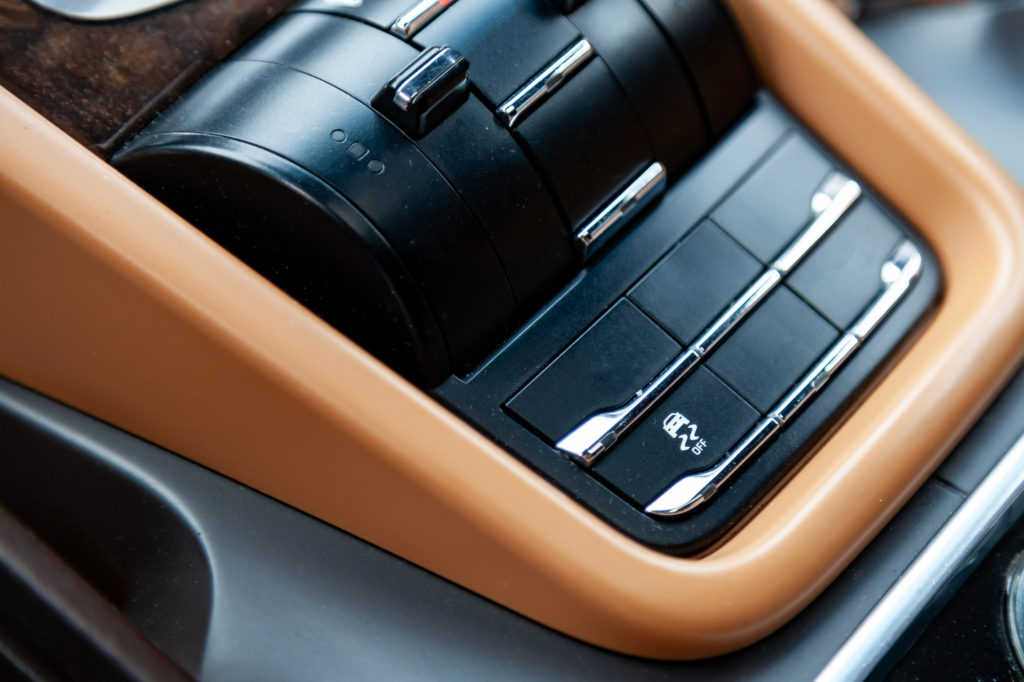
Wiring problems
There are also hundreds of feet of wiring with all the sensors, switches, and electronics on modern cars. A short anywhere creates a domino effect. And if that fast is related to the ABS control module, the ESP BAS light will come on.
This is far more commonly a problem in older cars, but this is not a DIY project regardless of the car’s make and year. It is time to take it to a mechanic.
Brake switch failing
Something as familiar as a faulty brake switch could be the culprit, as a lousy brake switch is one of the most commonly replaced parts on a car. The brake switch has one job, to ensure that the rear brake lights turn on and off, generally speaking, and in harmony with the brake pedal. Thus, you can see its importance.
So, if the brake switch sensor is terrible, it directly involves the brake assist program and will trigger the ESP BAS light.
Again, replacing the brake switch sensor is very easy. As before, you want first to diagnose it using an OBD scanner. Suppose it shows the correct diagnostic trouble codes. It would be best to replace the sensor directly above the brake pedal simply. Replace, reset, and return to normal.
Where is the ESP sensor located?
The ESP sensor is located inside the engine compartment. However, its exact location differs from car to car.
How to reset or get rid of the ESP BAS light?
Some cars have an ESP OFF button. If your vehicle does, press and hold the ESP OFF button for 5 seconds.
If that doesn’t work or your car doesn’t have the ESP OFF button, you will need to conduct a steering angle sensor reset.
Tools and equipment needed
A steering angle sensor reset doesn’t require any tools or equipment, only the keys to the car.
Step 1
Start the engine, and turn the steering wheel as far to the right as possible.
Step 2
Once the steering wheel is as far right as it goes, turn it as far left as possible.
Step 3
Repeat this process a few times. About 2 or 3 times should be enough to reset the sensor.
Step 4
Once done, return the car tires to the center position (where the car would be driving straight) and stop. The ESP BAS light should be turned off, as this should have reset the ESP BAS light. If not, then there is something wrong with your car’s Electronic Stability Program, or possibly the ESP sensor itself is defective.
Can you drive with the ESP BAS light on?
Though you shouldn’t drive with the ESP BAS warning light on, the car will continue to function as it can be hazardous.

